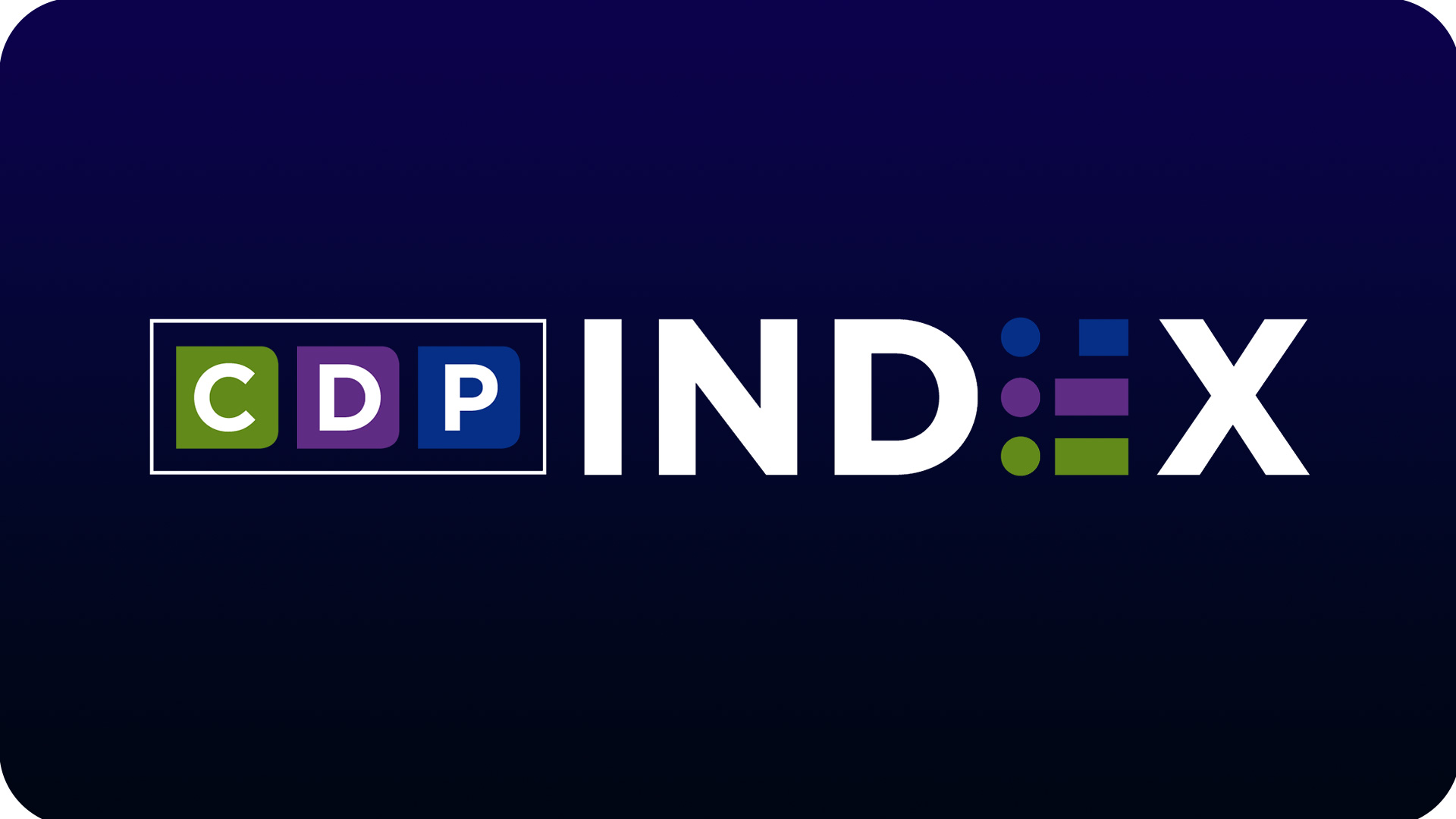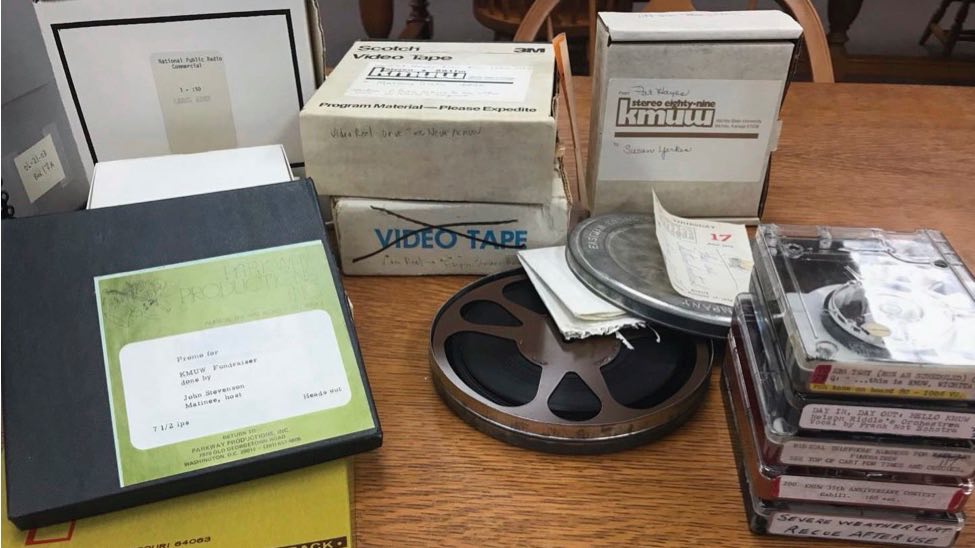WNET tests strategy to keep regular viewers watching, and donating, during pledge

Italian tenor Pasquale Esposito performs in a PBS pledge special airing on WNET next week. (Photo courtesy International Media)
To win back viewers who tune out during weeks-long pledge drives, one PBS station is betting that smaller, year-round doses of fundraising will be less painful and more effective.
Starting Thursday night, New York’s WNET abandoned traditional extended on-air campaigns — which typically take over nightly and weekend time slots for up to two weeks, four times a year — for regularly scheduled pledging four times each week. It will broadcast fundraising specials every Thursday from 9–11 p.m., Saturday from around 3–6 p.m. and in two overnight slots from roughly 1:30–3:30 a.m.

Glen Campbell sings his hit “Rhinestone Cowboy” in a 1974 performance featured in My Music: Country Pop Legends. (Photo: Donaldson Collection/Getty Images)
Alarmed by the exodus of regular viewers during its extended pledge drives, WNET will test the new approach for one year, said Kent Steele, executive director of broadcasting. Afterwards, it will either pop open the bubbly or pull the plug.
“I’ve had people say it’s brilliant and [others] … ‘You’re out of your mind,’” said Steele. “Public television has been facing a sort of anti-pledge movement for some time, so we were trying to … make viewers a little bit happier. We have to continue to fundraise on the air but make it as palatable as possible.”
WNET will present the shows as a way to “give prime time back” to viewers, Steele said. It has produced promotional spots thanking viewers for their support and urging them to continue to contribute as WNET tries this new approach.
Music specials will lead the new initiative as it goes into soft launch this month: Country Pop Legends, which aired Thursday, followed July 14 by Pasquale Esposito Celebrates Enrico Caruso. The Bee Gees: One Night Only, a popular show from several years ago, and a new special, Glen Campbell: Good Times Again, will both air in August.
“The shows are entertainment,” and viewers enjoy them, Steele said — just not “for fourteen days in a row.” “We have one year to make this work,” he said. “It’s an experiment. We hope our viewers appreciate it, and we hope to share it with the system if it’s successful.”
Because PBS coverage of the Republican and Democratic national conventions will pre-empt some nights designated for pledge, Steele anticipates that the new strategy will hit full stride in the fall.
WNET began testing the pledge strategy in November at New Jersey’s NJTV. After seven months, concluding in June, it secured as many or more memberships from the Thursday-night fundraising specials than during Thursday prime-time airings of a typical pledge week, according to Steele.
Since Thursday is the only night of the week that PBS reserves for stations to schedule local programing, it’s “the one day we have to play with,” Steele said.
Ratings dip
WNET’s experiment aims to disrupt an unhealthy cycle of public TV pledge drives, Steele said. As stations commit more airtime to on-air fundraising, it becomes harder to meet their revenue goals. In addition, the March pledge drive, typically the longest of the year, undercuts the ratings growth that stations enjoy in January and February.
Viewership “doesn’t fall off the table, but it declines,” Steele said, referring to WNET’s audience losses in March. “We want to [avoid] that viewership decline … while maintaining income.”
“The idea is [to do] at least as much or more” in terms of revenue, Steele said.
Most public television stations mount on-air pledge drives in June, August/September, December and March. Specialized fundraising programs from distributors including PBS, American Public Television, Executive Program Services and TJL Productions, among others, fill each locally scheduled drive; some stations produce local shows aimed at pledge audiences. Specials that draw big donations air in heavy rotation on many stations, driving regular viewers away.

WNET has scheduled a popular APT special featuring the Bee Gees for August.
Instead of packing all of that programming into round-the-clock pledging over 10 days or more, WNET will parse it out over 52 weeks, adding some new, original fare. The total amount of airtime devoted to fundraising on an annual basis will be “very close” to what WNET does now, Steele said.
WNET will still participate in special pledge events around episodes of popular PBS shows — a push the public television system has made in recent years to retain viewers and boost donations. “NewsHour does fundraising efforts, so we will follow those as well, because Newshour viewers support us … and they also watch us in primetime,” Steele said.
‘We know what’s coming’
Though viewer complaints about on-air pledge drives aren’t new, public TV stations are under increasing pressure to experiment with alternative approaches.
The number of viewers responding to the traditional model of pledging — combining long on-air drives, transactional gifts and specials featuring nostalgic music or self-help advisors — has been in decline since 1995, when national pledge membership rolls peaked at nearly 5 million. A CPB analysis of revenue data in 2014 reported that public TV membership had increased. That analysis did not quantify the growth; in previous reports for 2012–13, national membership had been around 3 million.
To make up for the losses, stations have had to extend their pledge drives and diversify development efforts. CPB’s latest analysis of public TV revenues reported overall growth in fiscal 2015 but noted that the gains were concentrated at stations with budgets of $10 million or higher.
Development experts applauded WNET, among the largest stations in the PBS system, for testing a different approach. “It’s so easy to say ‘This is kind of working,’ said Melanie Coulson, director of member services at Greater Public, which advises stations in all disciplines of development. But “we know what’s coming. We see on-air effectiveness is dropping.”
“I really admire that they are going to try it for a year,” Coulson said. “I don’t think you could get a good reading after one ratings quarter.
“I hope they’re doing a lot of communication to donors about what they’re trying and their hopes for it, and pointing out that they are not blowing out their schedule to do it,” she added. She questions whether WNET will be able to attract new donors to the regularly scheduled shows.
“If they didn’t watch on Thursday, they might miss the fund drive,” Coulson said. “With the long drives, you keep seeing them and seeing them and eventually [people] pay attention.”
Steele also worries about whether viewers will skip Thursday’s prime-time lineup if they know it’s fundraising night. “That’s what makes me nervous,” he said. “We are selling the specials more than we are selling the fundraising. We hope the marketing works. Viewers are pretty smart.”
WNET “is counting on the idea that people will prefer this new model and they won’t avoid the station because it’s a pledge drive,” said Craig Reed, executive director of TRAC Media Services, which provides audience analysis and advice to local stations. But public TV’s core viewers are accustomed to changing the channel once a station goes into pledge. “This, hopefully, will help shift viewers’ thinking since fundraising becomes a regular part of the schedule rather than something to avoid for weeks at a time.”
“This type of experimentation is a positive and something to be applauded,” Reed said.








This is one of the more unique and better ideas for maintaining viewers during pledge. Regular viewers will not be annoyed and find other channels and steams to watch during pledge and may well continue to support stations. Pledge program viewers my find other programs and more reason to support the station.
As a programmer I think Thursday night is a good choice. I personally would use other Saturday times for pledge and my even use Sunday afternoon. Nevertheless, as lng as it meets revenue goals, it is an idea whse time has come.
Even on WGBX 44 are reruns of #novapbs.
I’m not in PubMedia, so maybe I’m uninformed, but what’s with all of the concert specials and Suzie Ormond shows during Pledge Drives? Is it any surprise that ratings go down during these periods? For my whole life I’ve felt like those 2-week stretches were “punishment”, or a preview of what the station would be like 24/7 if people didn’t give. I don’t understand all of the talk of “viewer appreciation” when it comes to airing this stuff. Maybe the reason that viewers flee in droves during pledge week is because the shows put on are crap.
Shouldn’t Pledge Drives be the time to showcase the greatest hits of PBS and local stations? Why not re-run the absolute best documentaries and other programming, but with follow-ups that explain why they’re important and/or commercial-like interruptions? I’d look forward to Pledge Week if it showed classic programs that are not easily accessible anymore. Some ideas:
– Maybe some classic tennis from the WGBH vaults?
– A weekend of Ken Burns’ (shorter) greatest hits (Brooklyn Bridge, Jefferson, etc.)
– A week of pilot episodes of the best dramas, like Poirot or Downton Abbey. Accompany them with restrospective specials.
– A series of Austin City Limits’ all-time great performances
– An Independent Lens documentary from a couple of decades back, followed by a PBS Newshour special that reports on changes that have come about since it aired
– NOVA/Nature re-plays, with follow-ups that talk about advances since the show first aired
– American Experience Hall of Fame
Local stations could follow the same vein with their programming. Why not make Pledge Drive a “LOOK AT US!” event? Show off your best product and remind people why it is they give. As it stands now, I’ve got zero reason to check in on my station during these periods, because I know that nothing worth watching is on (it is television, after all). And I can’t see how that entices people to give.
The conventional wisdom was that these types of pledge shows caught channel surfers’ attention and that the premiums offered with these shows were the main attraction. It was also believed that the hardcore PTV audience was either going to renew or would never subscribe in the first place (since they firmly believe that public broadcasting should be funded by government funds exclusively), so the idea was to program to the fleeting audiences rather than preaching to the choir. Of course, channel-surfing is not as common as it used to be, especially with DVRs and streaming, so that this strategy is not as successful as it once was or mostly attracts viewers that don’t have that much money to begin with.
By the way, Ken Burns doesn’t allow his shows to air during pledge drives.